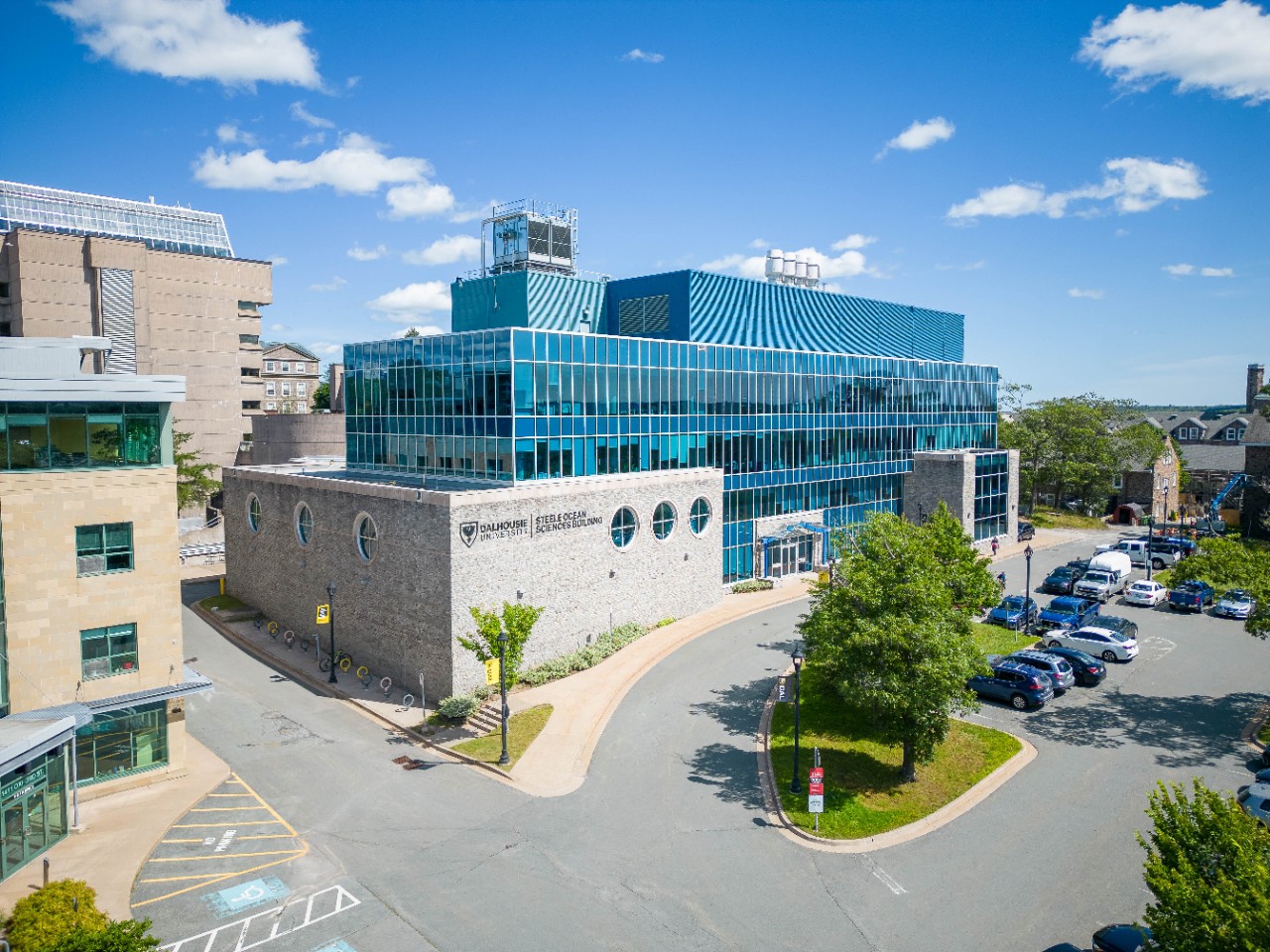Dalhousie’s buildings
In addition to the positive environmental impacts of creating green buildings, an organization’s operating costs can be substantially reduced, and human health can be improved through better indoor air quality and reduced levels of toxic substances in the building process.
Building green involves seeking efficiencies in energy, water, and use of materials through better design and construction, more efficient operations, and properly re-using and disposing materials at the end of a building’s life cycle.
Dalhousie University has four campuses. Three campuses are mixed into the downtown core of the city of Halifax, Nova Scotia and one campus is located in the rural village of Bible Hill, Nova Scotia. Over one hundred and fifty buildings cover approximately 6 million square feet of space. Dalhousie's buildings and houses date from 1850 to the present. Dalhousie is a member of the Canada Green Building Council.
New construction
In 2010, Dalhousie passed a Green Building Policy that states all new buildings over 10,000 square feet should aim for LEED® Gold Certified or higher. Some buildings started the planning process before or during 2010, and in some of these cases LEED® Silver was achieved.
Each building has unique green features including a self-guided green building signs, bubble decks, solar walls, solar thermal, rain water cisterns, green roofs, Optinet sensors, LED lighting, electric car charge stations, chilled beam cooling, and permeable pavement.
Green buildings
To see green building principles in action, check out the green features in the following Dal buildings (listed from most to least recent):
Existing building upgrades
Under the University Sustainability Policy, green building requirements recommend existing building upgrades follow a green building standard as outlined in our Design Guidelines.
